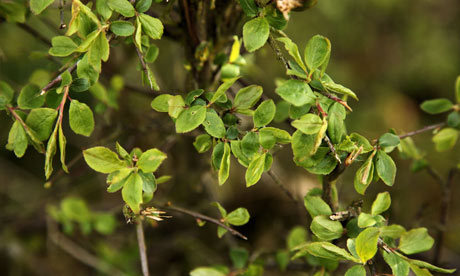In 2011, more than 250 craft distilleries dotted the American distilling landscape. Fewer than half of these are listed in David J. Reimer’s 2011 purported guidebook on the same.
Oh, sure, you’ll find profiles on distilleries familiar to modern American drinkers. There’s Tuthilltown, St. George Spirits, Piedmont Distillers, and Celebration Distillation (makers of Old New Orleans Rum). But where are the magisterial brandies of Osocalis? The award-winning peach and pear brandies of Peach Street Distillers? Want to know more about Salvatore Cimino’s game-changing poitin? Look elsewhere. They aren’t here. Clear Creek Distillery, perhaps
the original modern American craft distillery, is on page...oh, wait. No. Nevermind. It’s not included. How about the 2012 edition? Nope. Not there, either.
Profiles of distilleries that did make the cut include the name of each, the owners’ names, contact information, websites, social media accounts where applicable, the types of spirits produced, awards, and other details that help to flesh out our understanding of each.
To say that the guide is incomplete — while true — misses the larger point: the book’s value is marginal at best. Missing punctuation, inconsistent layout, and phantom words that appear as if vestiges of earlier versions of the same sentence collude to make it seem as if the manuscript had not been proofread.
The photos and logos are of such low resolution that they give the impression of merely having been lifted from websites. Many very clearly have been. In fact — and here is its most grievous flaw — the feel of the entire book is of one that’s been cobbled together from press releases, newspaper articles, and sell sheets. Readers are treated to chestnuts like this: “Pear Brandy is made from the freshest pears grown in the Hudson Valley.” Why does that seem so familiar? Oh, yeah: it’s
lifted nearly verbatim from the website of Harvest Spirits, maker of the brandy in question.
This begs the question: what makes a pear “fresh?” Further, of what value is a fresh pear compared to one that’s less “fresh” (whatever that means)? Here’s a great opportunity to educate readers — just a brief sidebar — on the aging or curing of fruits that some distilleries do before pressing. Apples can be stored before pressing; pears tend not to be. Why?
Don’t look here for the answer (or even the question). Instead, we get uncritical regurgitation of advertising copy.
While I don't know this to be true, there's no sense at all that the author has actually
tasted any of the spirits. Yes, there are tasting notes, but they are generic and once more feel culled from others rather than experienced. Recipes for mixed drinks using the spirits are included at many points, but we are given ounces, oz, cups, “parts,” “shots,” and other diverse measurements. This suggests that they were taken at face value from other sources, sometimes credited, sometimes not.
Clip. Paste. Repeat.
A guidebook for American craft distilleries is a fantastic idea, but we don’t have one yet. While I deeply admire many of the companies and distillers profiled in Reimer’s book, my advice to readers interested in the American craft distilling scene is to save your money and download the American Distilling Institute’s far more complete directory (for free; PDF is
here) then visit the websites of each distilling company that interests you. I’ll wager you find a lot of the same copy, anyway.
David J. Reimer, Sr. (2011)
Micro-Distilleries in the US and Canada
301 pages (paperback)
Sunbury Press
ISBN-13: 9781934597439
$24.95












